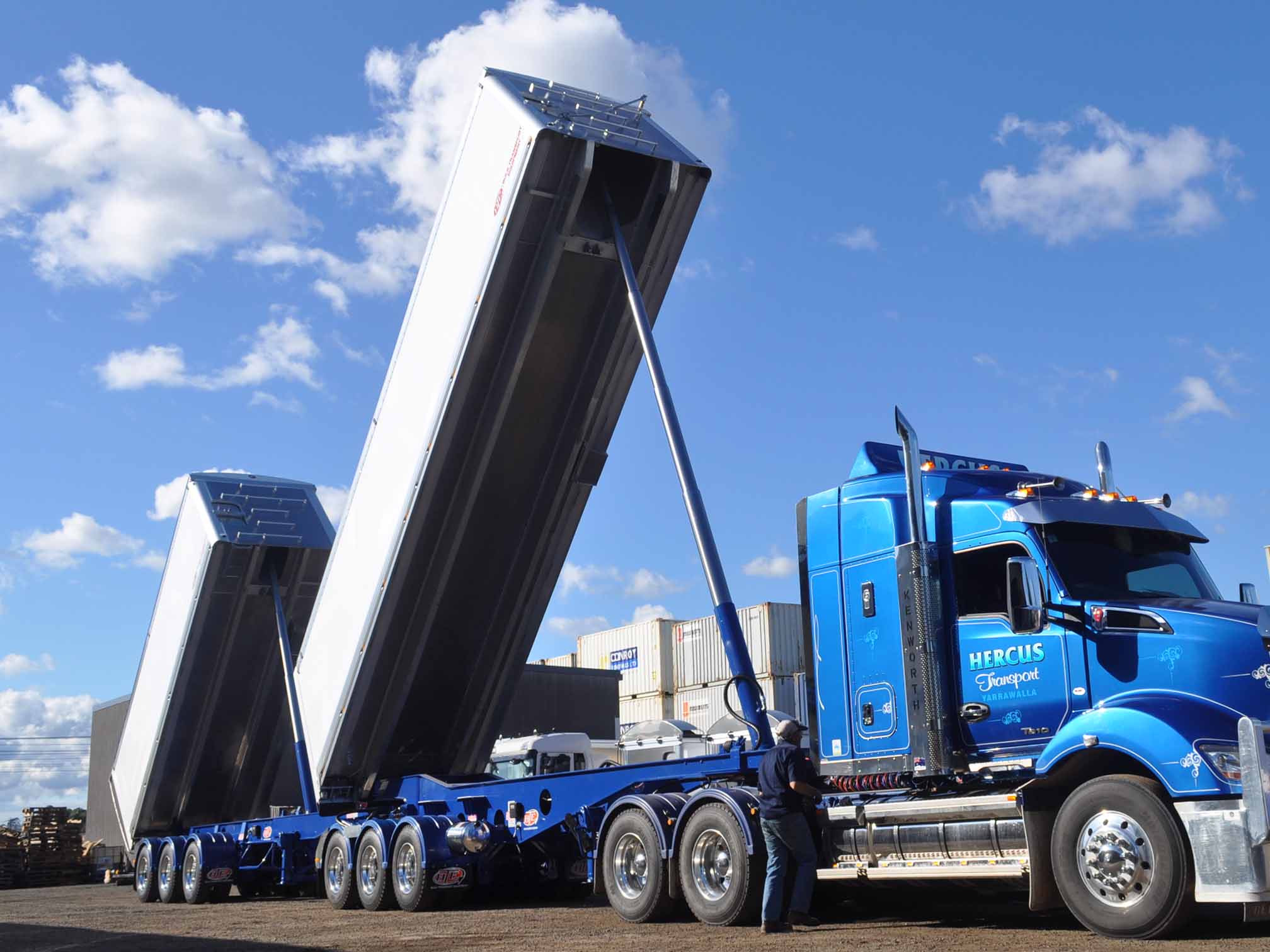
Smart technology has revolutionized the way we travel, making our journeys faster, more convenient, and more comfortable. From GPS navigation to self-driving cars, smart technology has transformed the transport industry in many ways. However, as with any technological innovation, there are also disadvantages and risks associated with smart technology in transport. In this article, we will explore some of the most significant drawbacks of smart technology in transport and the potential risks they pose.
- Cybersecurity Risks
Smart technology in transport relies heavily on data and connectivity, which makes it vulnerable to cyber-attacks. Hackers can exploit vulnerabilities in the software and hardware of smart vehicles and transport systems to gain unauthorized access, steal sensitive data, or even take control of the vehicle. This can lead to serious safety risks, such as accidents, or financial losses, such as ransomware attacks.
- Privacy Concerns
Smart technology in transport collects vast amounts of data about passengers, their movements, and their preferences. While this data can be used to improve services and personalize experiences, it also raises privacy concerns. Passengers may not be aware of the data collected about them, or they may not have control over how it is used or shared. This can lead to breaches of privacy and potential misuse of personal information.
- Dependence on Technology
Smart technology in transport has made our lives easier, but it has also made us more dependent on technology. When technology fails, we may be left stranded or unable to complete our journeys. This can be particularly problematic in emergencies or when traveling in remote areas with limited connectivity. Moreover, our reliance on technology may also lead to a loss of essential skills, such as map reading or basic vehicle maintenance.
- Environmental Impact
Smart technology in transport has the potential to reduce carbon emissions and improve air quality by optimizing routes, reducing congestion, and promoting sustainable modes of transport. However, it also has a significant environmental impact. The production and disposal of smart vehicles and devices require significant amounts of energy and resources, and the increased use of transport may lead to more traffic and pollution.
- Social and Economic Impacts
Smart technology in transport may also have social and economic impacts. For example, it may lead to job losses in the transport industry, particularly for drivers and other manual workers. It may also exacerbate social inequalities by favoring those who can afford smart vehicles or live in areas with better connectivity. Moreover, it may lead to a loss of social interaction and community spirit, as people become more isolated and reliant on technology.
In conclusion, smart technology in transport has many advantages, but it also has significant disadvantages and risks. From cybersecurity threats to privacy concerns, dependence on technology, environmental impact, and social and economic impacts, we need to be aware of the potential downsides of smart technology and take steps to mitigate them. As we continue to embrace smart technology in transport, we must ensure that it serves our needs and values, rather than the other way around.


